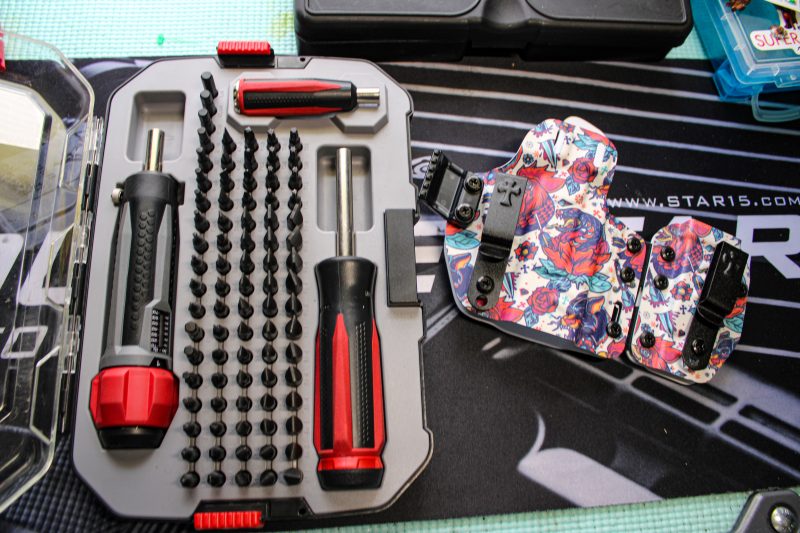
There are reasons to take your guns to a gunsmith or an armorer, but with a few essential tools, you can make most changes and upgrades on your firearms yourself.
With the wealth of information that YouTube is, there’s nothing you can’t learn after a few minutes of watching a video and following a step-by-step process. I’m going to go over the tools every gun owner should own. It is important to learn how to use these tools and how to make basic upgrades or adjustments yourself. This will save you time and money, especially if you plan to own more than a few guns in your lifetime.
The Tools and What to Use Them For
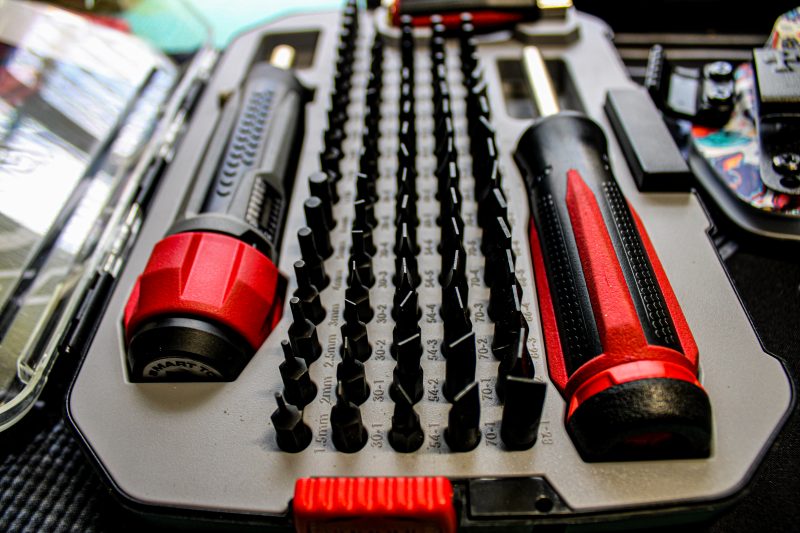
Screwdrivers, Hex, and Torx keys
I highly recommend investing in a full driver and tool bit set with both metric and standard measurement Hex and Torx keys. There is nothing more frustrating than not having the right size tools or the right measurement of tools when you need them. I’ve also learned that Hex and Torx keys that fold out are useful for some things, but if you’re ever wanting to swap out a grip on a rifle, for example, you will need a longer set of tools to reach the screw in the grip. Another reason you should have a set of screwdrivers, hex, and torque keys is to adjust your retention on holsters and magazine pouches or change the hardware to make an IWB holster OWB.
Punches
Every gun owner should have a punch kit. Punches are used to release the mag well pin to change out the grip panels on some polymer-framed pistols. Similarly, you can install a flared mag well on some pistols and will need to use a punch and hammer to drive the roll pin back in. Most all base pads for pistols and Ar-15s, for example, come off by using a punch and sliding the pad off. You use a punch to depress the spring tension while using your thumb or fingers to slide the base pad off. Be careful as there is occasionally a plastic or metal piece or insert under the base pad that will fly out with the spring. (It’s a good idea to wear safety frames whenever you’re working with any kind of springs and spring tension.)
Every gun owner should clean their magazines just as they would their firearm so it’s important to learn how to release the base pads. Springs can also lose tension if the magazines are always loaded, so it’s a good idea to replace these as needed.
Torque Wrench & Driver
A torque wrench is a handy tool to install muzzle brakes or torque down barrel or castle nuts. This is a more advanced tool but is handy to have if you ever need to fix anything on a rifle. A torque driver is an essential tool if you plan to mount any kind of optic or aftermarket accessory to a firearm. There are torque value specifications for scope rings, scope mounts, M-Lok accessories, red dot optics, and other firearm parts. When you don’t follow these specifications, it can cause optics to not be accurate, parts to fall off, and if over-tightened, to crack or lose zero.
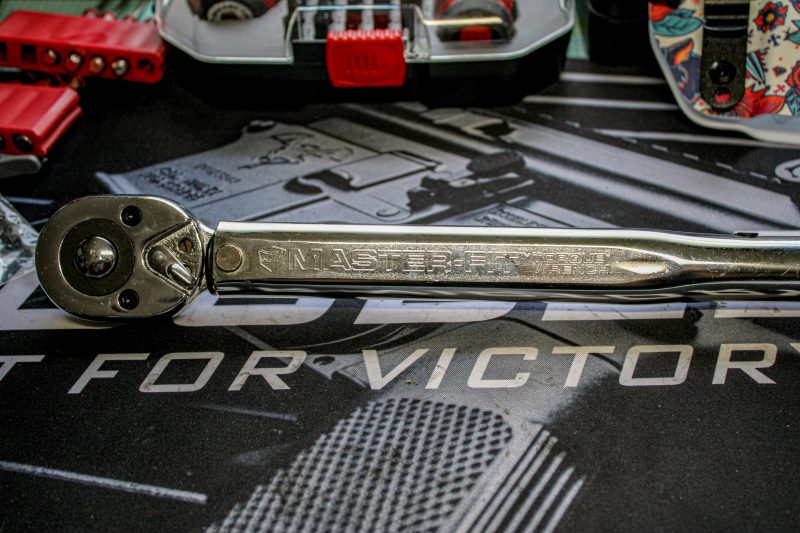
Sight Pusher
I use Real Avid’s Master Gun vise and my punch kit to install iron sights on my guns. I don’t recommend this if you like your sights to be unmarred. There is a simple “sight pusher” tool that allows you to place the slide of your gun in it and twist a nob to slowly push iron sights left and right until they’re aligned how you like them. For the most part, I don’t keep stock iron sights on my guns. I either change them out for night sights, fiber optic sights, or adjustable sights.
Pliers
There are three aspects to pliers that are important for working on guns. You can invest in one pair that does all three things or multiple pairs made to do one thing well. You should have pliers that grip well, pliers with a long needle length to reach small spaces and pliers that cut through metal and other material.
One use for pliers is to install a new fiber-optic sight. Fiber occasionally breaks and the brightness can fade over time. Simply use your pliers to pull out the old fiber, slide in a new fiber leaving extra length at the end, and cut off the extra material. Use a lighter to melt the fiber on the side of the front sight you see when shooting. While it’s warm, use your finger to push on the end to create a wider circle than the fiber itself. Then use the lighter on the muzzle side of the fiber to melt it down and use your finger to create a circle on that end as well. This will prevent the fiber from moving forward and back. When installed properly, there should be no extra movement and the fiber should not be able to slide in and out of the sight post.
Keep Learning!
If you use and shoot guns often enough, parts will break and need replacing as they’re used. It’s better to have tools and not need them than need them and not have them.
ABOUT THE AUTHOR
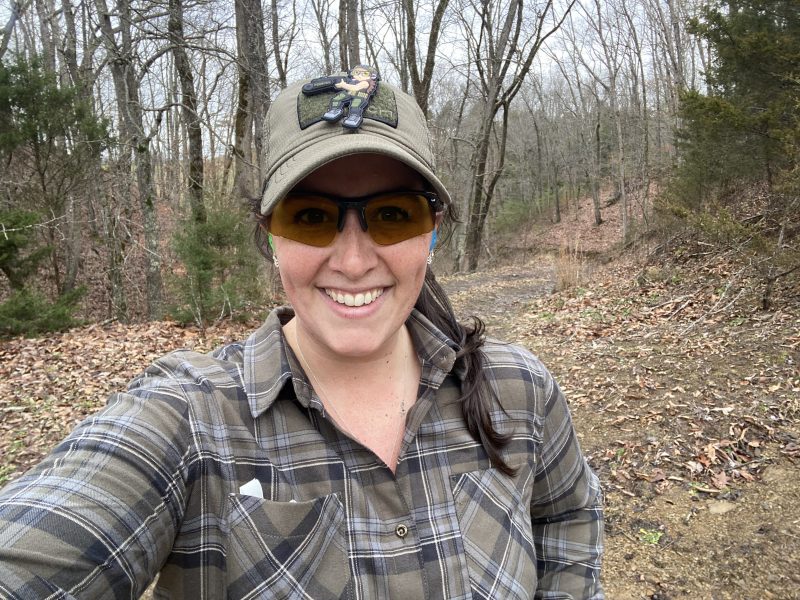
Kenzie Fitzpatrick is a professional competitive shooter and an active blogger for many firearm websites. As an NRA-certified instructor and National Range Officer Institute Chief Range Officer, Kenzie trains new shooters on basic firearm safety, brings new shooters to competitive shooting, and works major matches across the country. She has a passion for teaching people how to concealed carry and is a positive ambassador for the Second Amendment.
![]() You may also enjoy these popular articles:
You may also enjoy these popular articles:
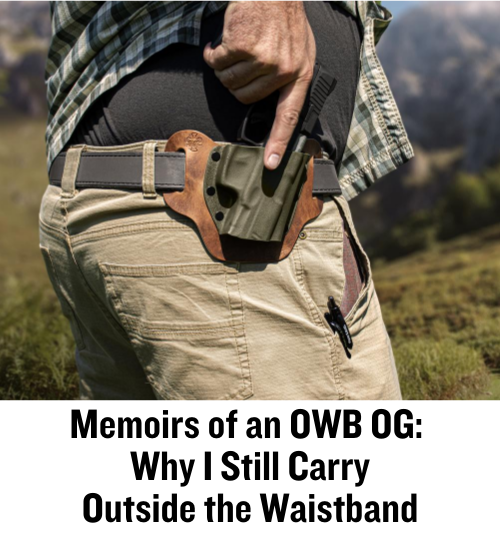
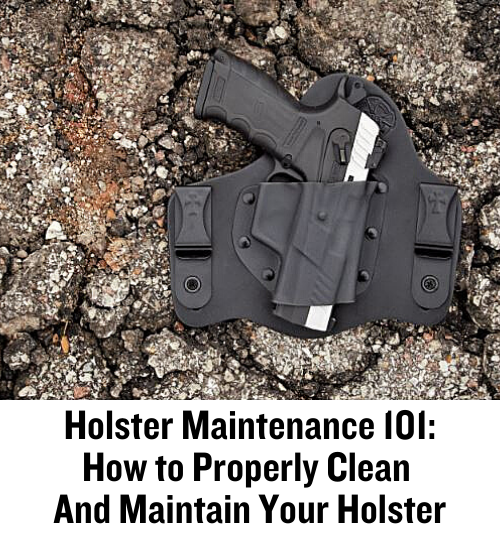
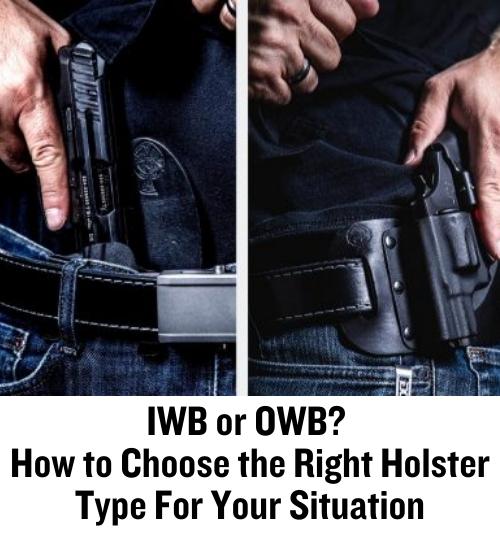

©MTC Holsters, LLC and CrossBreed Holsters Blog, 2021.
Unauthorized use and/or duplication of this material without express and written permission from this site’s author and/or owner is strictly prohibited. Excerpts and links may be used, provided that full and clear credit is given to David Workman and the CrossBreed Blog with appropriate and specific direction to the original content.
![]()

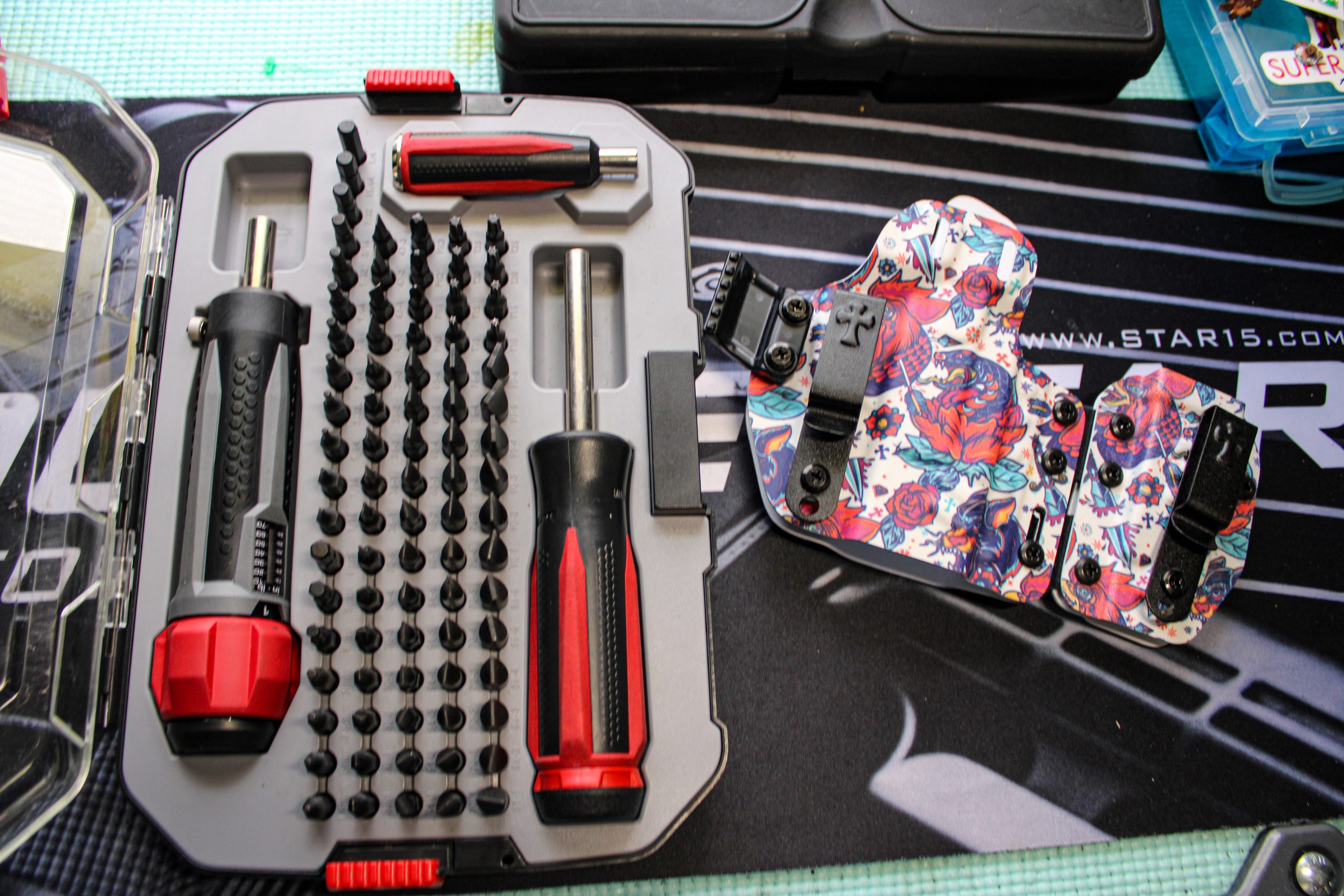
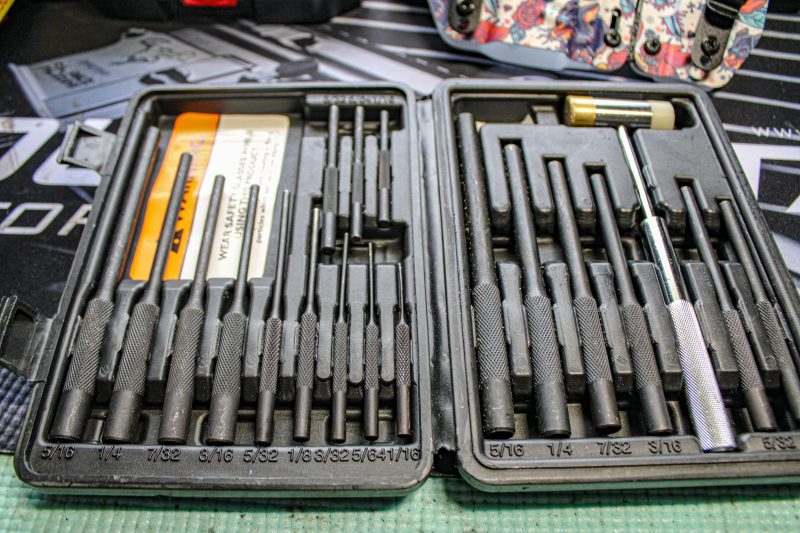
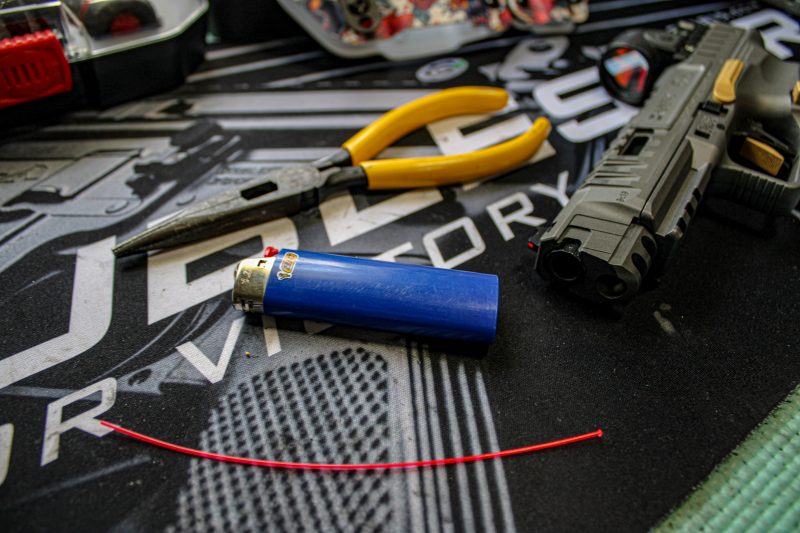
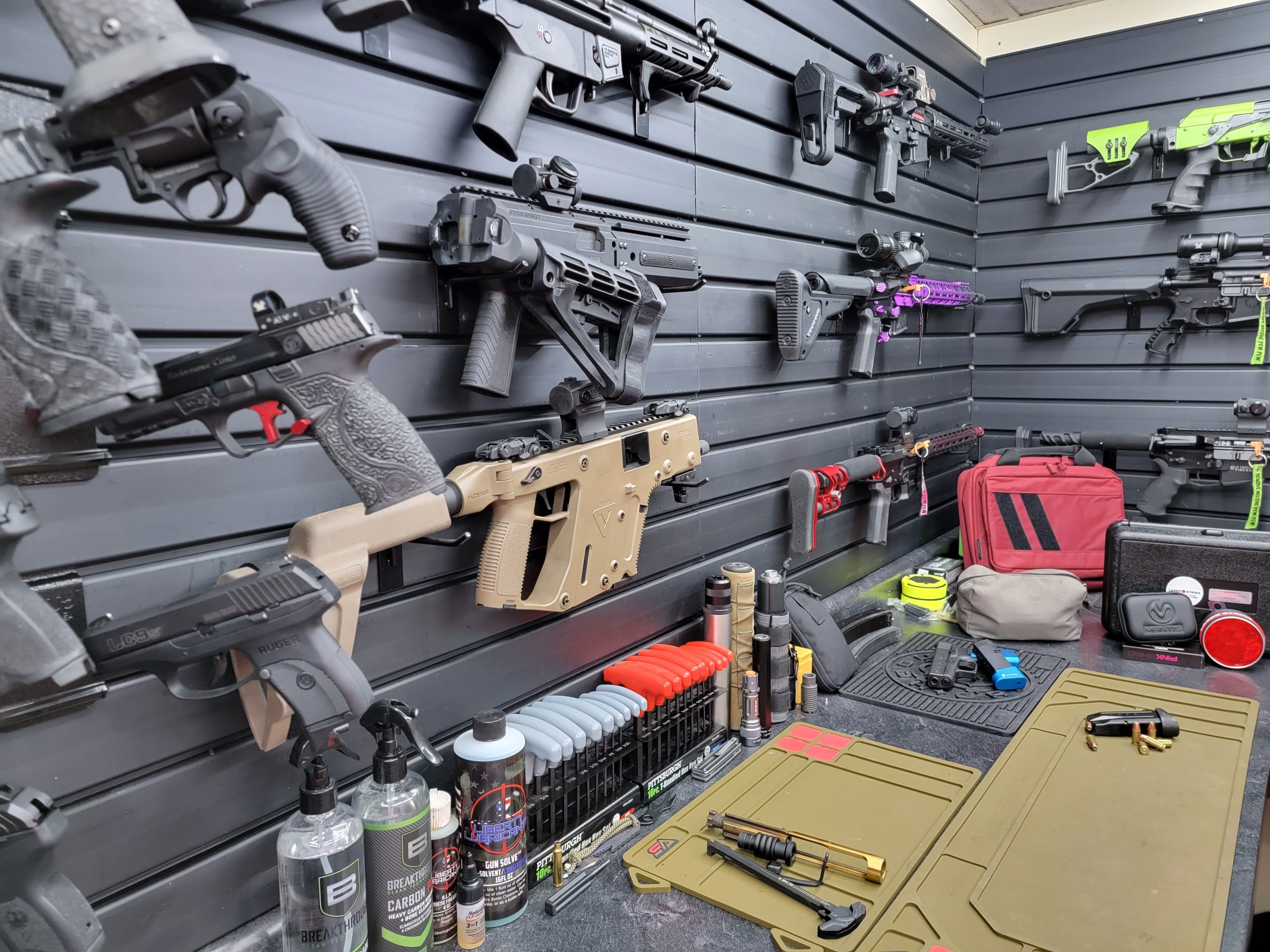
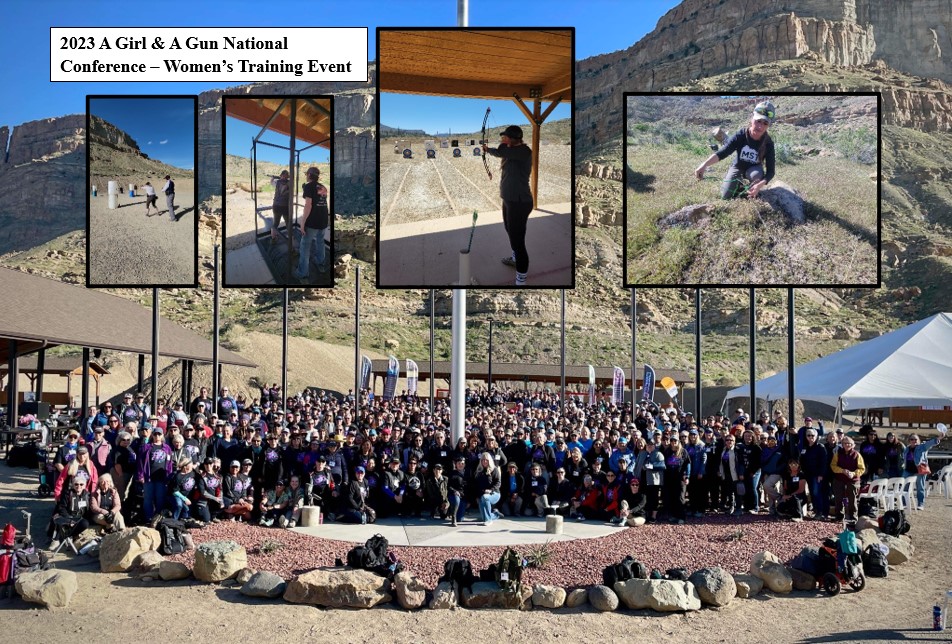

July 29, 2022
I enjoyed your insight on the proper tools. I too frequently change out things like gunsights and the like. I’d like to do a couple AR platform builds in the future. In addition I own a bolt action military surplus 8mm Mauser that I’m doing a couple upgrades on. Take care and be safe.
July 29, 2022
Hi Kenzi. This is a follow up to my first text. I own a few Glocks along with some other hand guns an AR 15, Mossberg 590SP, and the previously mentioned Mauser. I am an NRA Life member and a few years ago in another life a collector of WWII era firearms. I enjoy shooting but these days keep the necessary self defense firearms along with range pistols (Glocks 34 and 35) And a little 1975 Marlin model 60 22 caliber plinking rifle. Push comes to shove a hood squirrel gun. Well Kenzie I’ve enjoyed this time for this old guy to sign off. Be safe.
July 30, 2022
I enjoyed your article. It is so important to use proper fitting hollow ground screw drivers for gun work. That’s why the kits are so handy. I also have a good plastic mallet. I use proper fitting roll pin punches and always keep a supply of replacement pins on hand. The one tool I’ve been looking for is a simple spring compression tester with a gauge, but Brownells, Grainger and Sterrett don’t have the one I need.. I’d add two more special pliers. One with round jaws to use on reforming magazine lips, and one with padded jaws to tighten ejector ri